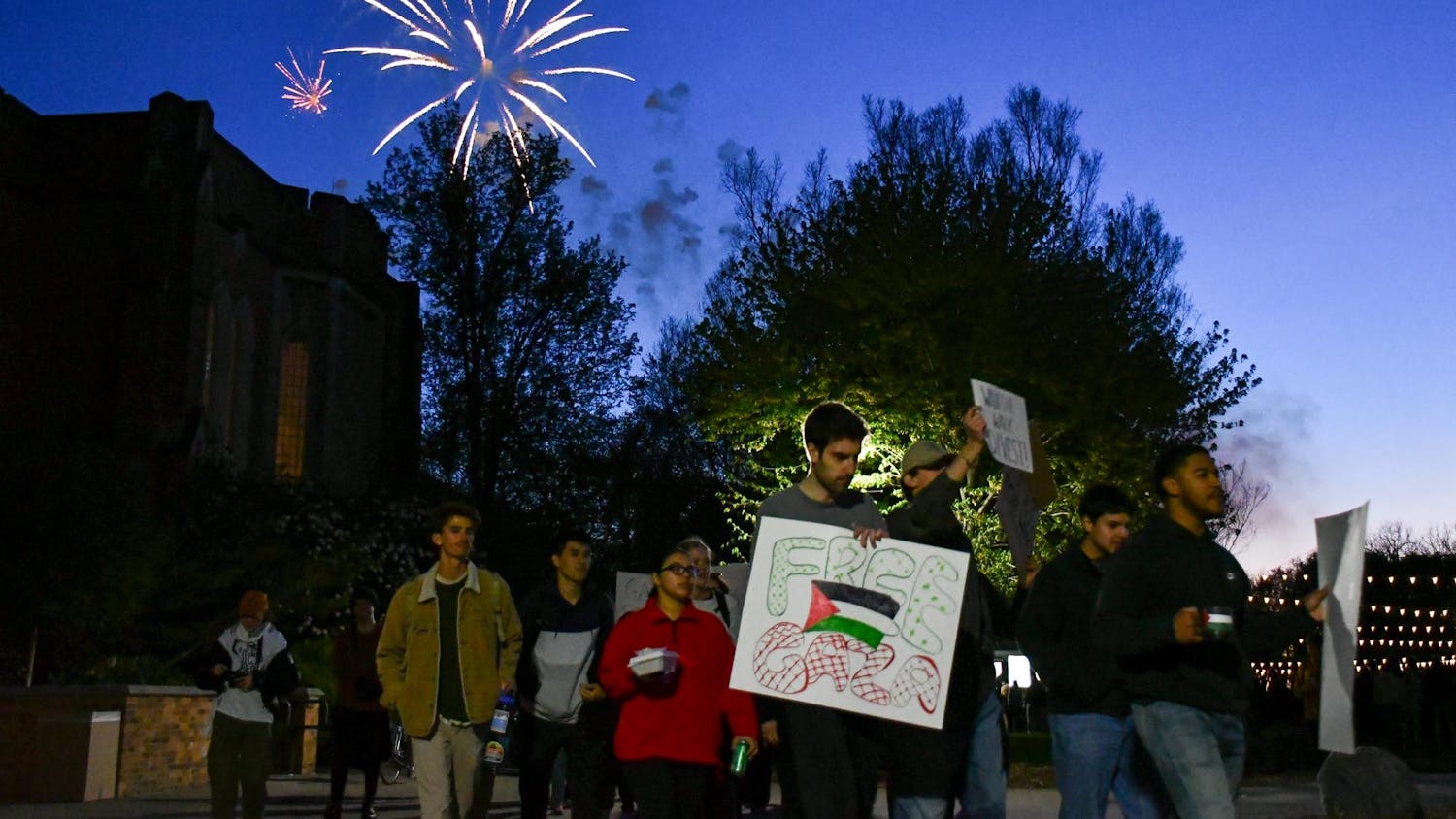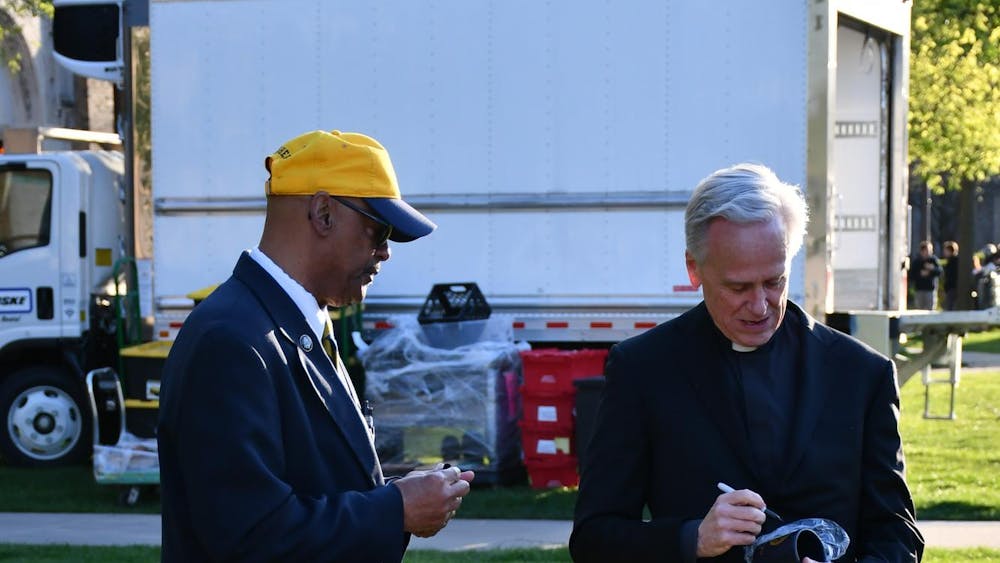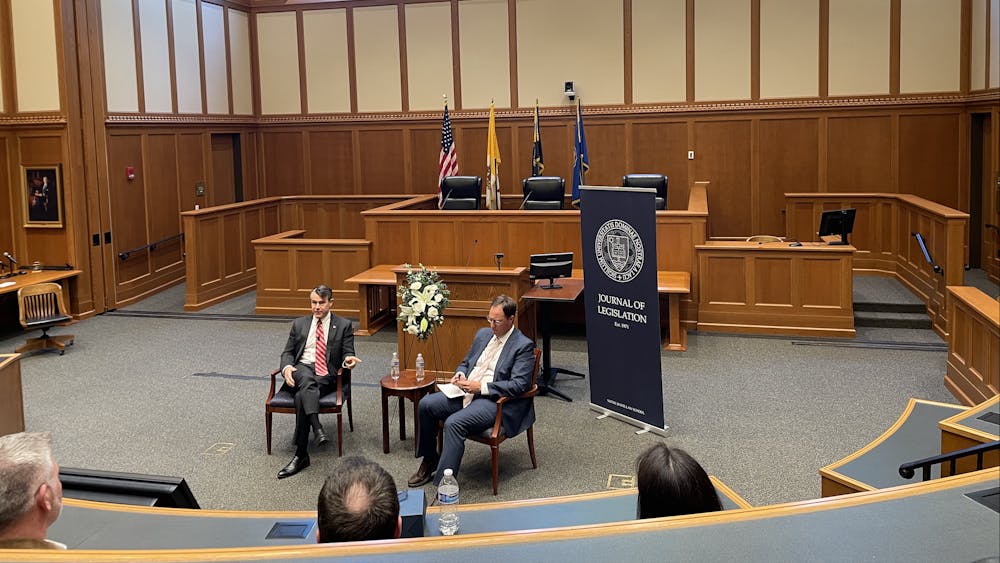If that special someone has yet to text you back, don't panic. It's probably just a problem with the cell phone service.
Students using AT&T and Verizon — the two main service providers on campus — have recently experienced problems due to increased capacity, Steven Ellis, director of Integrated Communication Services, said.

"We really do care. We feel your pain and pass it on to [the cell phone service providers] as best we can," Ellis said.
AT&T and Verizon account for 90 percent of cell use on campus and both have experienced problems this year as they adjust to increases in traffic.
AT&T saw their use double since last year and Verizon has experienced a significant increase as well, Ellis said.
"Imagine all the cars on campus. If next year the number of cars doubled, it would have an impact," he said. "People would want parking garages. Both Verizon and AT&T have had to add capacity."
AT&T has had more trouble than Verizon and is preparing to provide a new frequency on campus. The new frequency is expected to greatly improve service, but will not be available for a few more months.
On-campus cell phone service is mainly provided by small antennas placed around campus, Ellis said.

The University contracted with a company called NextG to construct these small antennas and to place them so that they provided optimal coverage while remaining out of sight. Ellis said the University made sure the antennas did not affect the aesthetics of campus and went to extra lengths to keep the antennas camouflaged and out of view.
After these small antennas were constructed, they were made available to service providers. AT&T signed on first, followed by Verizon, and recently Sprint. T-Mobile expressed no interest in using the antennae and relies on off-campus towers, Ellis said.
Aside from problems adjusting to increased traffic, there are also "in building" problems, which include certain buildings or areas where service is inconsistent or lacking, Ellis said.
These problems arise because the small antennas are less effective at penetrating buildings and new construction changes the arrangement of buildings on campus.
"The new frequency should help with this, but it is something we'll continue to work on," he said. "We are in the process of identifying any buildings the new frequency might not reach."
As a possible solution to "in building" issues, Ellis offered the option of using devices called femto cells, which can be placed by a window and provide supplementary service for an area a bit bigger than a dorm room. These devices are offered by both Verizon and AT&T, he said.
After installing femto cells in dorm rooms, there is a waiting period, which AT&T says takes up to 90 minutes. But Ellis said in his experience, it can take up to four or five hours.
"The installation process is onerous, burdensome and difficult to do, but it is an option," he said.












